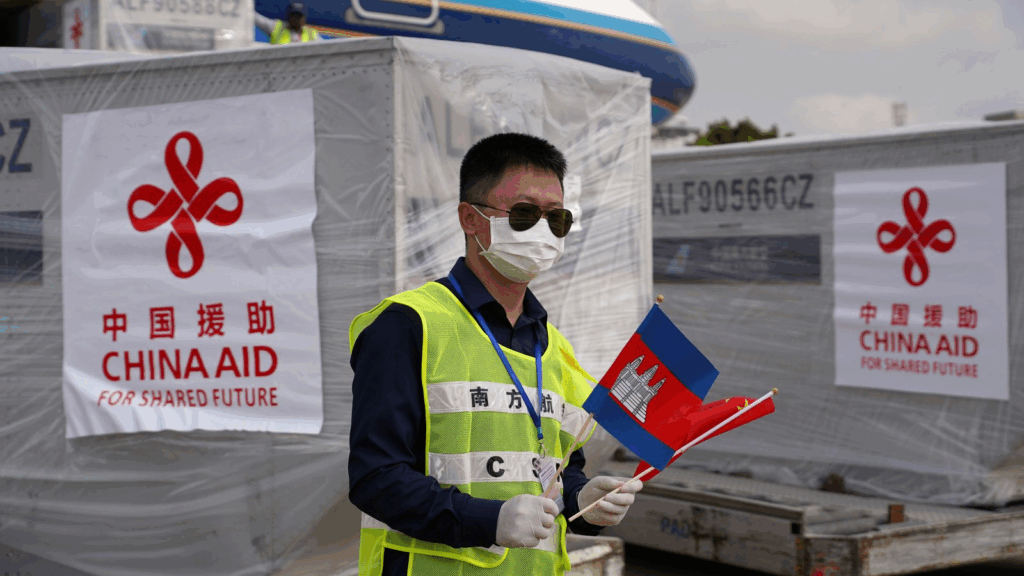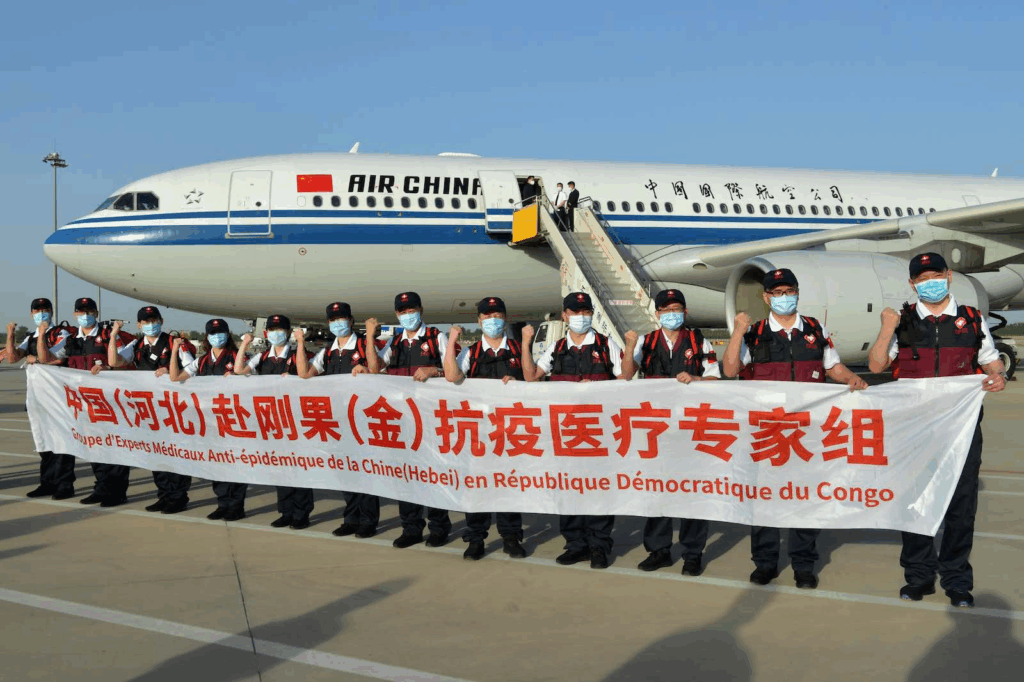
China’s foreign aid has always been an integral component of its broader foreign policy architecture. Originating in 1950—at a time when the country was economically weak and diplomatically isolated—foreign aid served as a rare and critical tool to stabilize internal governance and seek international recognition.
Over the past seven decades, as China evolved from a marginal power to the world’s second-largest economy and the largest developing country, its national identity and global role have undergone profound transformation. This transformation has been embodied most ambitiously in the Belt and Road Initiative (BRI) launched in 2013, followed by the Global Development Initiative (GDI), the Global Security Initiative (GSI), and the Global Civilization Initiative (GCI), each serving as mechanisms for China to project its values, interests, and global responsibilities.
The Belt and Road Initiative represents the most ambitious and integrated regional economic cooperation strategy in China’s history. It is fundamentally structured around regional and bilateral frameworks, with a clear economic focus. By contrast, the Global Development Initiative, launched in 2021, marks a shift toward global governance with a thematic and value-driven approach. BRI is centered around material and institutional connectivity, while GDI emphasizes conceptual, normative, and value-based contributions to global development. These two initiatives are China’s most significant international public goods today, with foreign aid playing a key, though increasingly complex, role in both.

As China’s foreign aid shifts from a supporting tool under BRI to a strategic pillar under GDI, its policy orientation has transformed across three key dimensions: scale, nature, and domain. First, its scale has shifted from regional to global; second, its nature has evolved from a passive tool to a more independent and strategic component of national policy; and third, its domain has expanded beyond economics into the broader field of global governance.
The shift from regional to global reflects China’s growing recognition of its international obligations. While BRI has elements of global outreach, it is inherently a network of bilateral and regional cooperation channels. Its structure, built on connectivity from China to Europe, Southeast Asia, and the Indian Ocean, relies heavily on individual bilateral partnerships. GDI, on the other hand, is open to all countries and is driven not by geography but by development themes, structured around key areas such as poverty reduction, health, education, and green transformation. This shift shows China’s increasing willingness to think and act with a global perspective, a process that echoes the historical evolution of other great powers, particularly the United States.
China’s rising economic power has forced a corresponding recalibration in its foreign policy. Between 2006 and 2020, China became the world’s top foreign reserve holder, the largest trading nation, and the top source of foreign investment. With this rise came international scrutiny. Some countries attempted to engage and even constrain Chinese aid practices through joint ventures, especially in Africa. This brought China into the global aid system more directly, marking the end of an unregulated strategic window and forcing China to consider international narratives, standards, and expectations.
In this context, foreign aid is no longer simply a diplomatic tool but a domain in its own right. For decades, Chinese aid was treated as an extension of economic or political diplomacy, lacking autonomous policy identity. Today, as aid volumes and global visibility grow, it becomes increasingly difficult to separate China’s aid from broader global governance debates. Like other major powers, China now faces expectations to provide international public goods—not as charity, but as a reflection of its status and responsibility. Foreign aid, once an auxiliary to diplomacy or trade, is becoming a fourth pillar of China’s global engagement, alongside diplomacy, military, and economics.

China’s foreign policy evolution reflects this shift. In the 1990s, China adopted a strategy of broadly-based foreign trade and economic cooperation, followed by the Going Out policy in the 2000s. In 2013, BRI launched as an economic and connectivity-focused platform. By 2021, China moved further into global governance through the GDI and related initiatives. What began as economic persuasion is now morphing into moral leadership. Where BRI emphasizes physical infrastructure, GDI focuses on the softer dimensions—education, health, digital economy, and capacity building. These are not just operational changes but strategic recalibrations: China is positioning itself as a responsible global power, seeking to shape the international environment through influence, not just capability.
Yet China remains a developing country itself. Domestic priorities still dominate policymaking, and China has never led a global governance institution nor exported its own system as a global standard. However, this self-restraint may be an advantage. China’s developmental model and aid practices are rooted in a non-interventionist philosophy, offering an alternative to the conditionalities of Western aid. As the global system faces challenges—from pandemics to climate change to digital fragmentation—China’s aid framework offers a new template, one focused on development-led governance and global equity.
The strategic logic behind China’s shift in foreign aid policy is consistent with both historical trajectories and contemporary geopolitical needs. BRI was China’s response to domestic overcapacity and U.S. strategic pressure in Asia. GDI represents a more global response—one that addresses systemic risks, promotes inclusive development, and offers a counter-narrative to Western dominance in global governance. Both initiatives share two characteristics: increasing institutional complexity, and the strategic link between development and security. Aid is no longer just about money or infrastructure—it is about shaping norms, setting agendas, and constructing a favorable international environment for China’s peaceful rise.
At the same time, China’s foreign aid—especially under BRI—has sparked global debate. Some accuse China of using aid as a tool of influence or debt diplomacy. Narratives about a “Chinese Marshall Plan” or “new colonialism” have emerged, often rooted in geopolitical competition rather than empirical reality. China now finds itself engaged not only in a struggle for resources or influence, but also in a battle over narrative power. GDI and similar initiatives aim to correct this imbalance by separating commercial interests from aid objectives and reinforcing China’s commitment to inclusive development.
The implications are significant. First, China’s diplomatic center of gravity is shifting: from developed countries to a balanced emphasis on developing countries. As the global South gains influence, China’s engagement with it becomes more strategic. Second, domestic policy is becoming increasingly “externalized.” The need to support a broader range of global initiatives requires greater policy coordination across ministries and the elevation of institutions like the Ministry of Finance and foreign aid agencies. Third, development assistance is becoming central to China’s international messaging and ideological outreach. In a world fragmented by populism, protectionism, and decoupling, China positions itself as a defender of globalization and multilateral cooperation—on its own terms.
To navigate this evolving landscape, China must take several strategic steps. It must strengthen ties with developing countries—not out of sentimentality, but from a recognition of their growing strategic and economic value. It must improve the planning of its regional and multilateral aid strategies, moving beyond bilateralism and toward institutionalized cooperation. It must also build a more coherent narrative architecture around foreign aid, capable of communicating China’s intentions in a competitive global discourse. And crucially, it must use initiatives like GDI to shape both international cooperation and domestic public consciousness, instilling a stronger sense of global responsibility and shared destiny.
In a multipolar world fraught with systemic risk, foreign aid is not a matter of charity—it is a strategic necessity. For China, it is also a moral choice. As its global footprint expands, China must align its material capabilities with its normative aspirations, not only to ensure a favorable international environment for its development, but also to define what kind of global power it intends to be.
Source: China News Service, CFR, China Daily, CGTN



